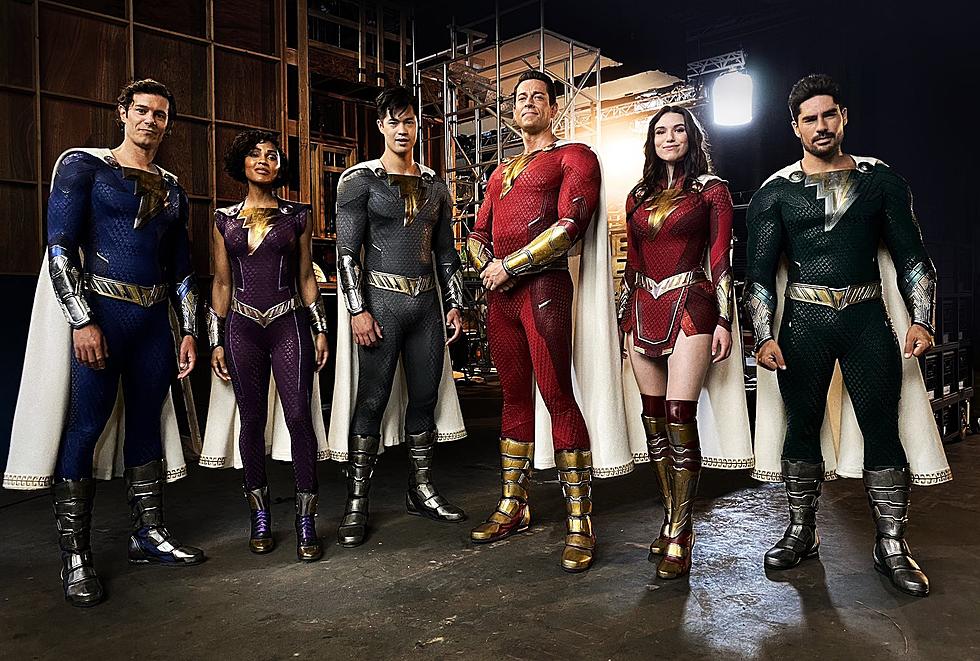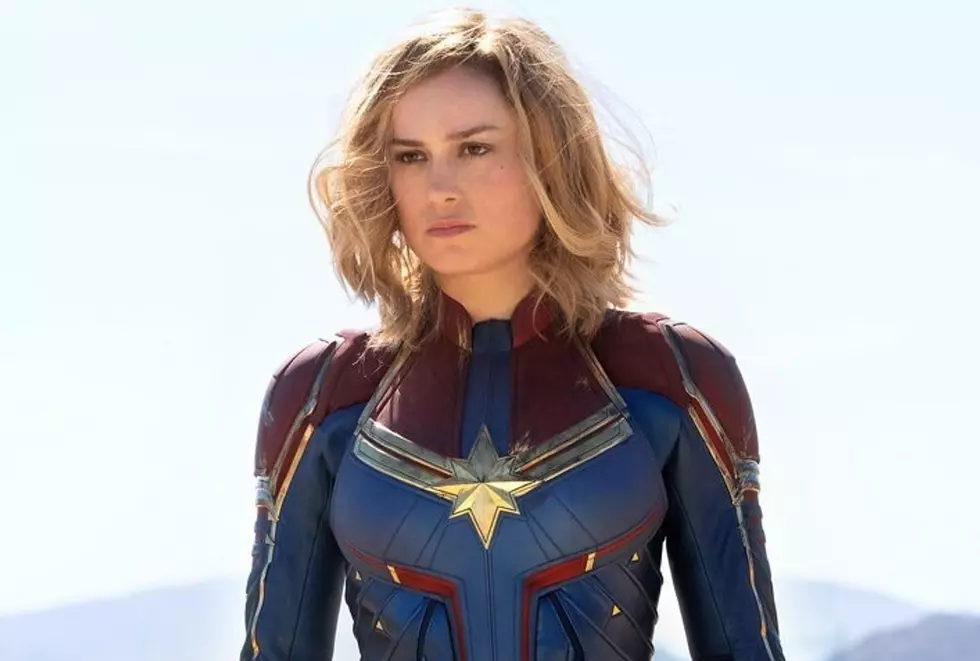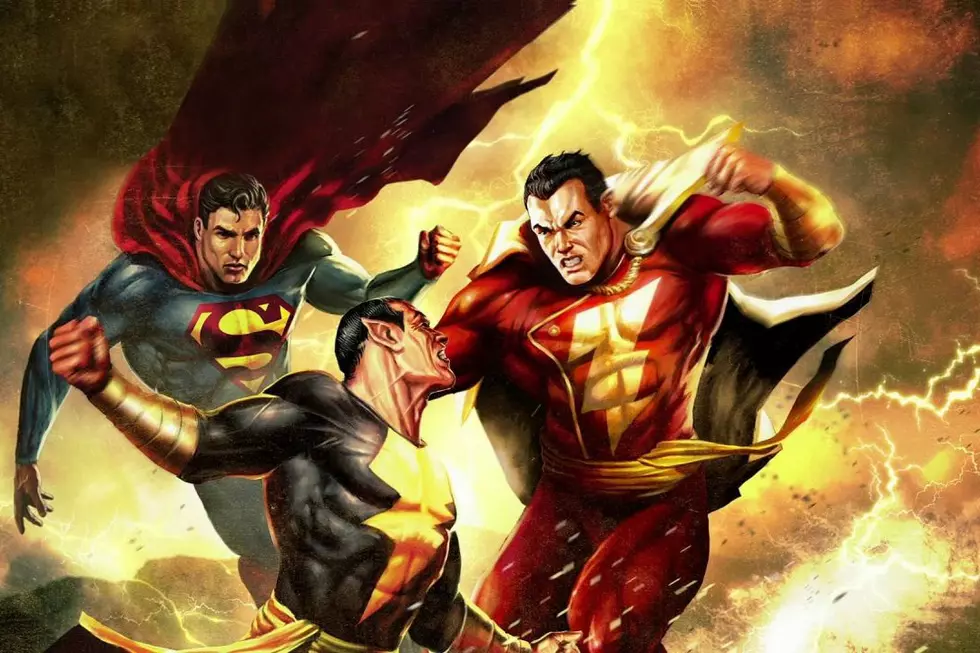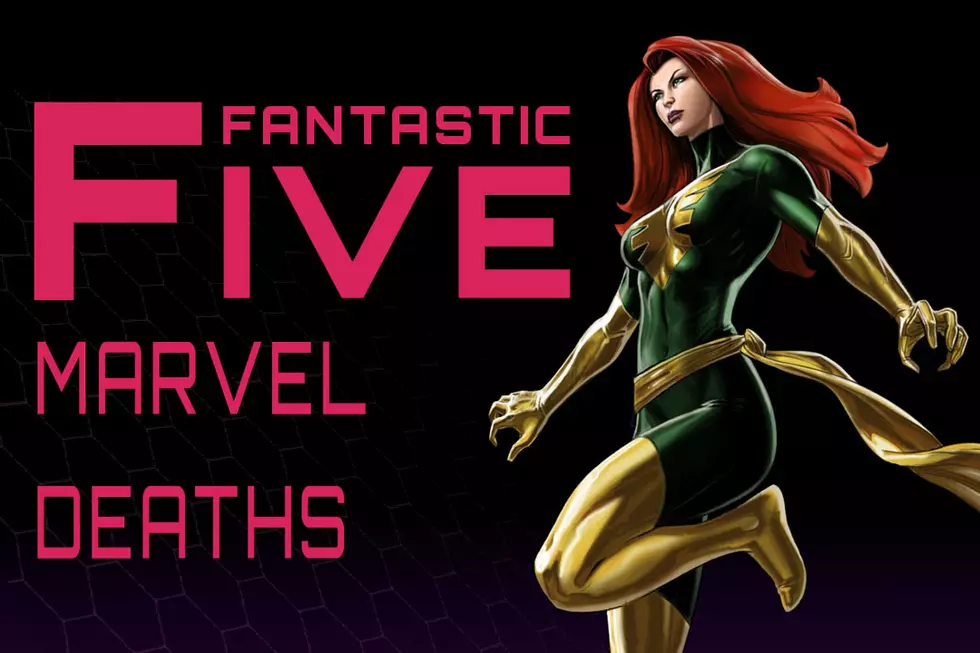
The Power of SHAZAM! Happy Birthday, Captain Marvel
There have been nearly a dozen characters named Captain Marvel in the last seventy-five years of comics, but only one of them has headlined the best-selling comics franchises of a decade, and, indeed, one of the best-selling series of all time. And guess what? It wasn't the one who could make his arms and legs fall off.
The very first of these Captains Marvel debuted on this day in 1939, in Fawcett Comics' Whiz Comics #2, which was, somewhat counter-intuitively, actually the first issue of that series. The character was originally named Captain Thunder, but someone else already held that trademark. And so, in a story by Bill Parker with art by CC Beck — who would go on to become the defining artistic voice for the character — and with some hastily re-lettered word balloons reflecting the last minute name change, Captain Marvel zoomed toward his destiny in the last days of 1939 (issue cover dated Feb. 1940).
The appeal of the character is immediately apparent: an orphaned boy turns out to be destined for great things, and with one magic word, he can summon the power of six of the greatest heroes of legend and become the world's mightiest mortal. Billy Batson is the hero that you, the reader, could easily be, if only you knew the right words.
What makes the Captain Marvel feature even better, however, is that the child-like appeal extended beyond the basic premise of a child superhero. While early issues featured stories by such luminaries as Jack Kirby and Joe Simon and even popular pulp writers like Manly Wade Wellman, it would be the team of Otto Binder and CC Beck who found the winning formula for Captain Marvel: write it like a child at play.
While Captain Marvel fought his share of Nazis, as all Golden Age superheroes did, his main villain was a child's idea of evil: Dr Sivana, a cackling madman whose only goal is to rule the universe, with no specific plan for accomplishing that. Otherwise, Captain Marvel fought cavemen, dinosaurs, alligator people, a space worm, fairy tale characters, the Earth itself. His best friend was a talking tiger. And he even had to share his powers with his sister.
This sense of whimsy and play, this essential balance of being child-like without being childish, was a smash hit. By the end of the decade, Whiz had spun off Captain Marvel Adventures, the adventures of Captain Marvel Jr in Master Comics and his own solo title, the adventures of Mary Marvel in Wow Comics and her own title, their adventures together in Marvel Family, and even a funny animal spin-off in the form of Hoppy the Marvel Bunny, star of Fawcett's Funny Animals and his own title.
What happened next is a well-known story: following a series of suits and counter-suits with DC Comics over Captain Marvel's alleged similarity to Superman, Fawcett ceased publication of Captain Marvel and related titles. In the '60s the emergent Marvel Comics scooped up the trademark for the name, which they've held on to ever since, placing it on some half dozen characters or more. DC bought the rights to the old Fawcett characters, but couldn't call the comic Captain Marvel, so everyone started thinking his name is Shazam.
A number of attempts to revive Captain Marvel (or Shazam, as he is now officially called; DC finally gave in to public perception) have occurred over the decades since the '70s, to various degrees of success as creators either try to replicate the Binder/Beck formula or else run screaming from it. But there is still some creativity and wonder to be mustered from those dusty old heroes, as stories like Multiversity: Thunderworld and Convergence: Shazam have proven.
There's still power in Captain Marvel. There's still magic to be found. We just have to find the right words.
More From ComicsAlliance




![Five Stars: Starting At The End With Jeff Smith [Interview]](http://townsquare.media/site/622/files/2017/03/FiveStars-Smith.jpg?w=980&q=75)




